Product Description
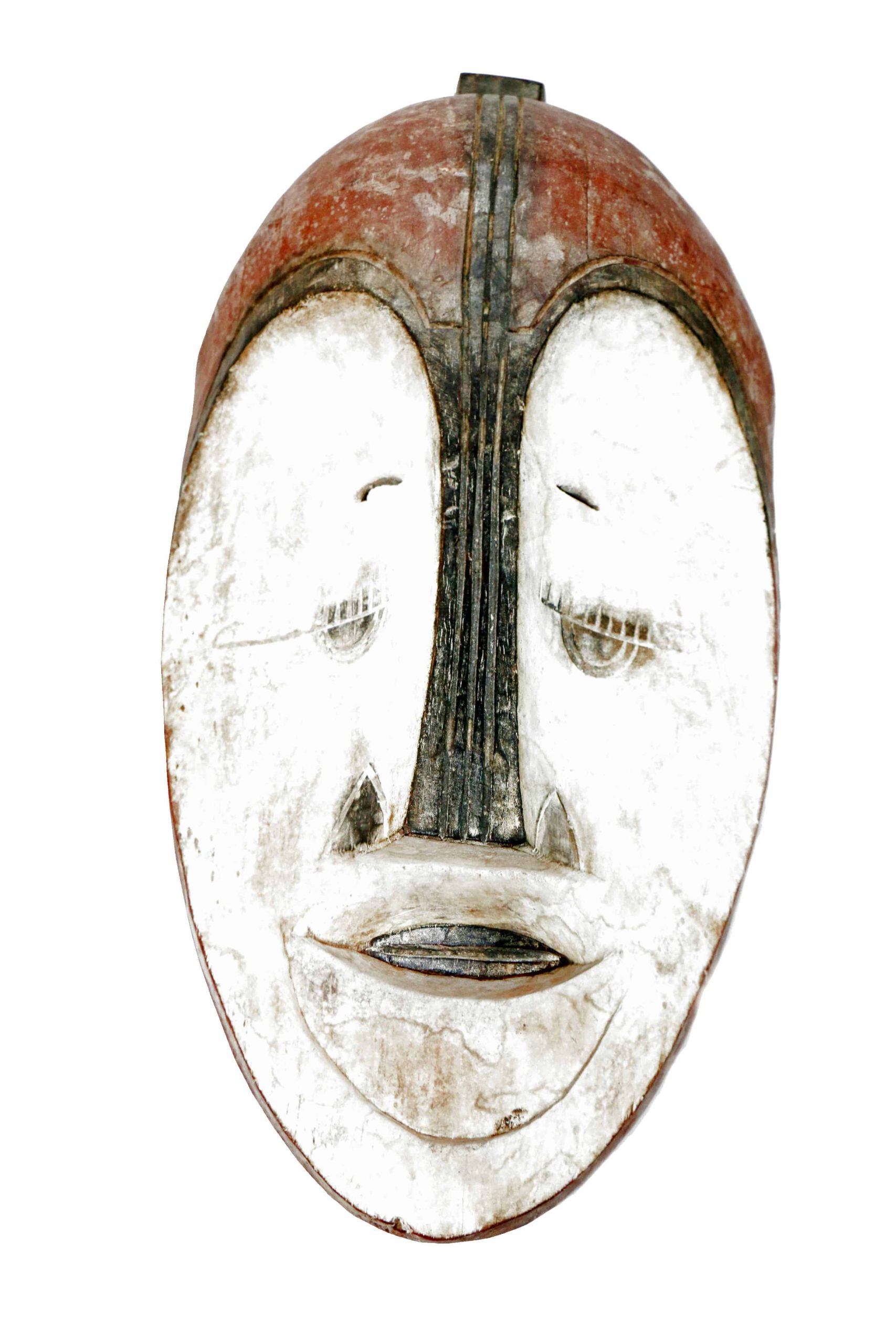

Tribal Dogon Mask- Mali
This example of Dogon art is over 35 years old. Dogon art is extremely versatile, although common stylistic characteristics – such as a tendency towards stylization – are apparent on the statues. Their art deals with the myths whose complex ensemble regulates the life of the individual. Their masks are preserved in innumerable sites of worship, personal or family altars, altars for rain, altars to protect hunters, in market.
Made of 100% wood
Model is W 28 – H 18 and weight 3 kg.
Description
This example of Dogon art is over 35 years old. Dogon art is extremely versatile, although common stylistic characteristics – such as a tendency towards stylization – are apparent on the statues. Stylish elements in a mask’s looks are codified by the tradition and may either identify a specific community or convey specific meanings. Their art deals with the myths whose complex ensemble regulates the life of the individual. The sculptures are preserved in innumerable sites of worship, personal or family altars, altars for rain, altars to protect hunters, in market. As a general characterization of Dogon statues, one could say that they render the human body in a simplified way, reducing it to its essentials. Some are extremely elongated with emphasis on geometric forms. The subjective impression is one of immobility with a mysterious sense of a solemn gravity and serene majesty, although conveying at the same time a latent movement.
There are nearly eighty styles of Dogon masks, and for the most part they all utilize the use of various geometric shapes in their design, independent of the various animals they are supposed to represent. Most masks have large geometric eyes and stylized features and are often painted or colored with various. The better known Kanaga and sirige masks are followed in the dama ceremony by masks that evoke the behavior of some of the animals that inhabit the regions where the Dogon live and hunt. They include among others – antelopes, hares, lions, hyenas, cows, birds and monkeys.
The Dogon an ethnic group are mainly located in the administrative districts of Bandiagara and Douentza in Mali, West Africa. The precise origins of the Dogon people, like those of many other ancient cultures, are not yet determined. Their civilization emerged, in much the same way as ancient Egypt. Around 1490 AD the Dogon people migrated to the Bandiagara cliffs of central Mali. There are approximately 700 Dogon villages, with an average of 400 inhabitants. The tribe’s folk call themselves ‘Dogon’ or ‘Dogom’, but in the older literature they are most often called ‘Habe’, a Fulbe meaning ‘stranger’.
Additional information
| Weight | 3 kg |
|---|---|
| Dimensions | 28 × 18 cm |
Leave a reply Cancel reply
Returns and Exchanges
There are a few important things to keep in mind when returning a product you purchased.You can return unwanted items by post within 7 working days of receipt of your goods.
- You have 14 calendar days to return an item from the date you received it.
- Only items that have been purchased directly from Us.
- Please ensure that the item you are returning is repackaged with all elements.
Ship your item back to Us
Firstly Print and return this Returns Form to:
30 South Park Avenue, San Francisco, CA 94108, USA
Please remember to ensure that the item you are returning is repackaged with all elements.
For more information, view our full Returns and Exchanges information.


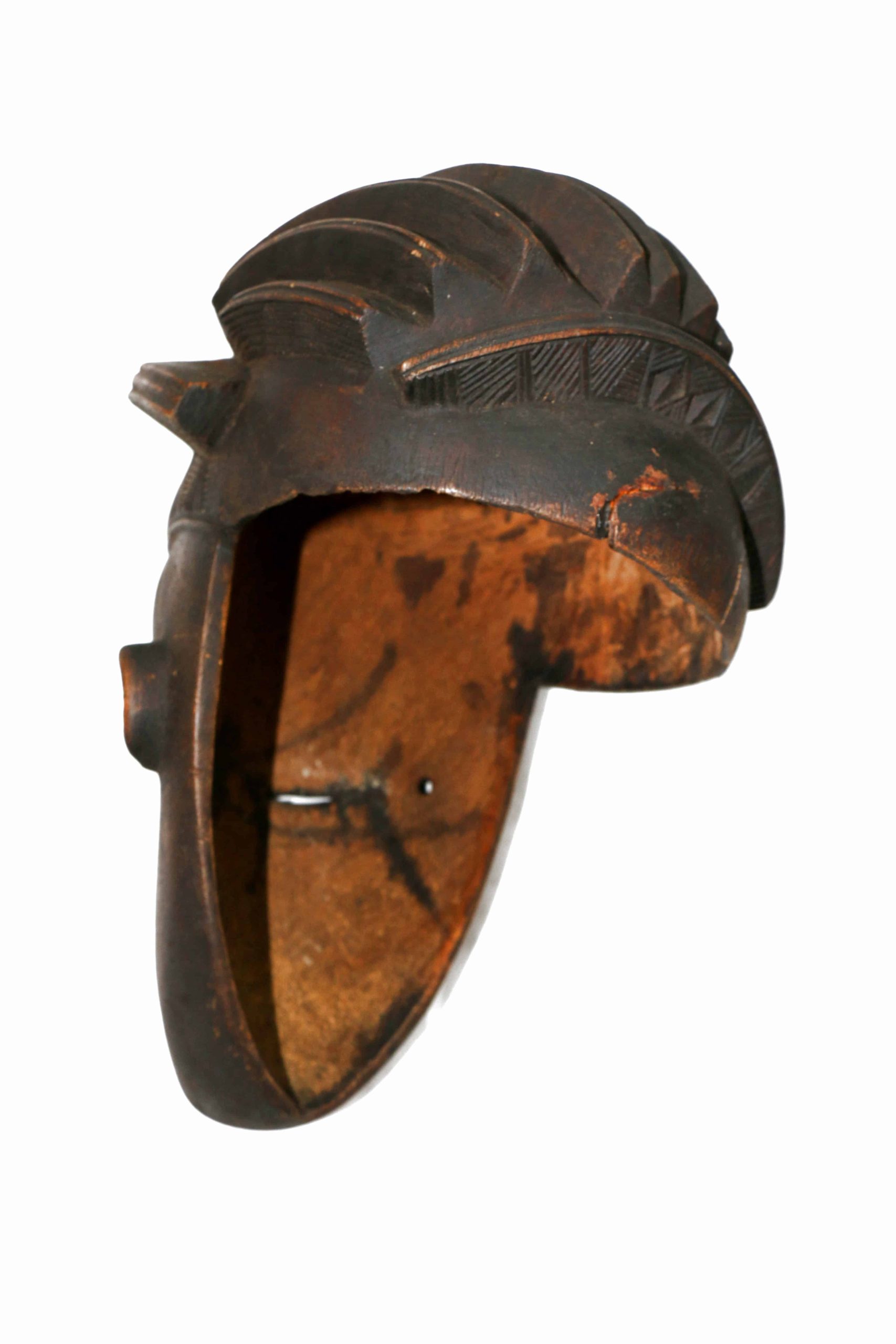
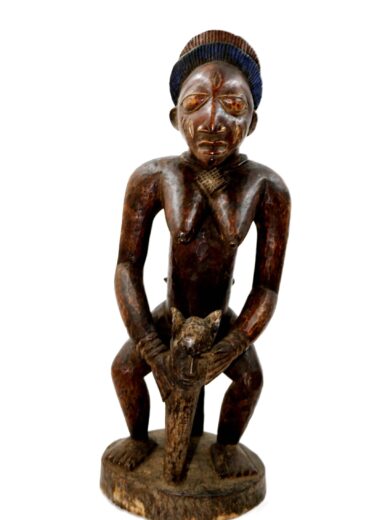
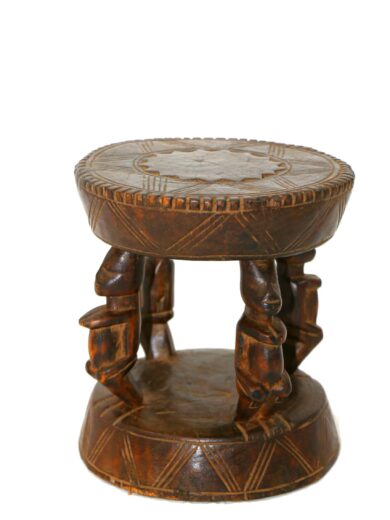

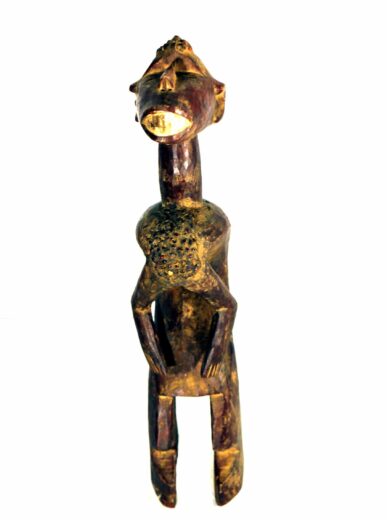
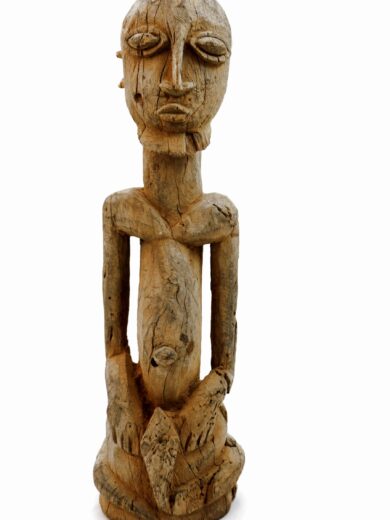


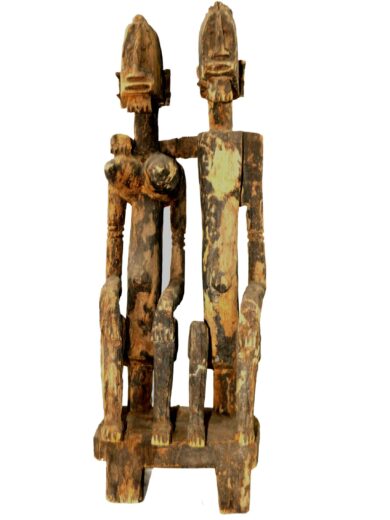
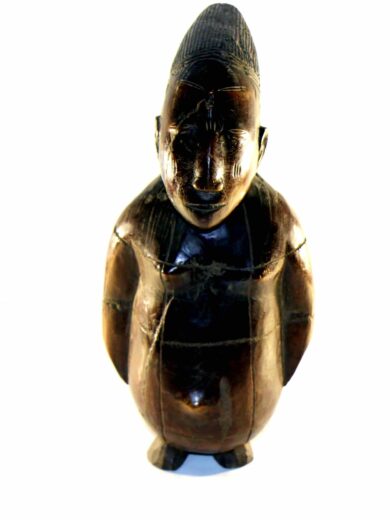
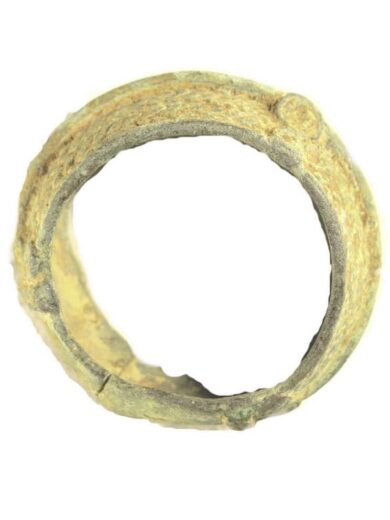
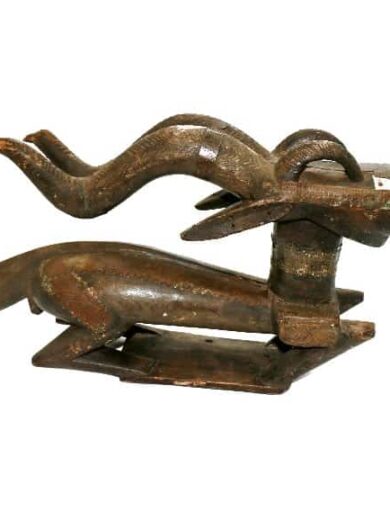
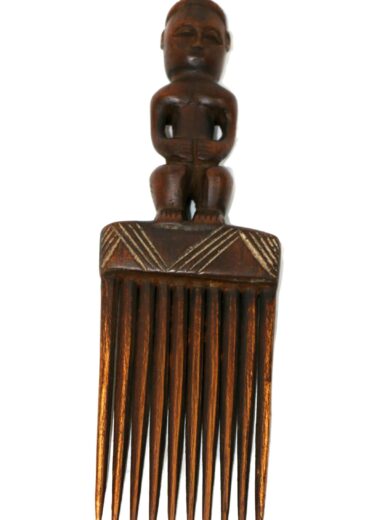

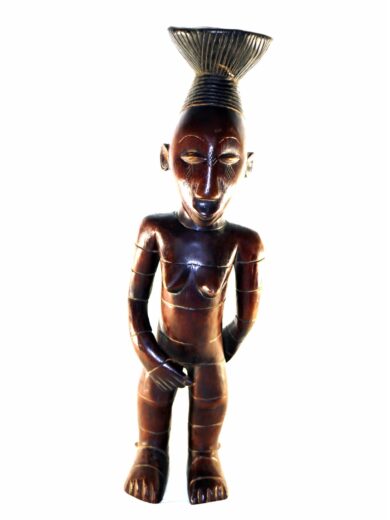
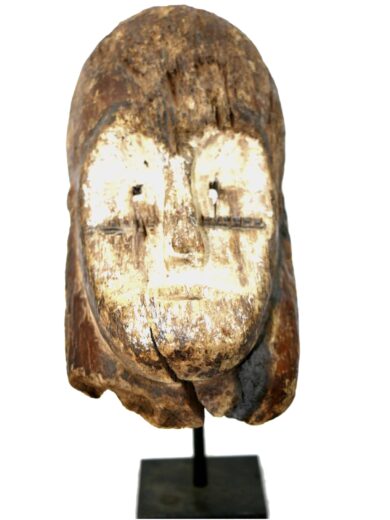
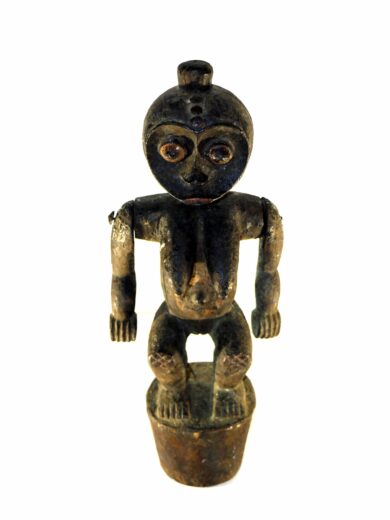
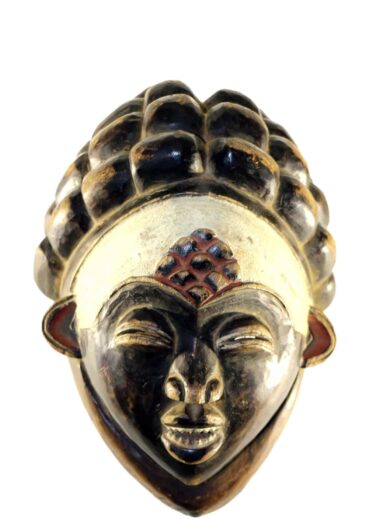
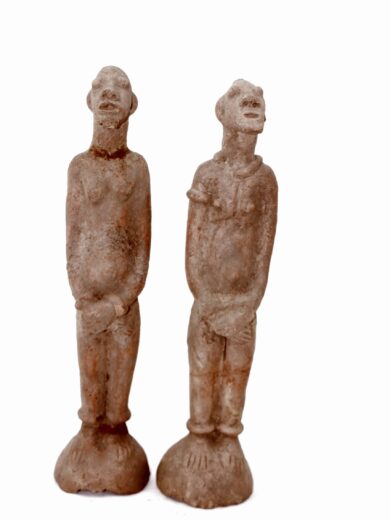

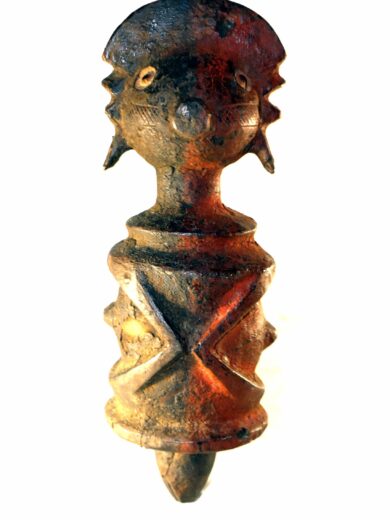
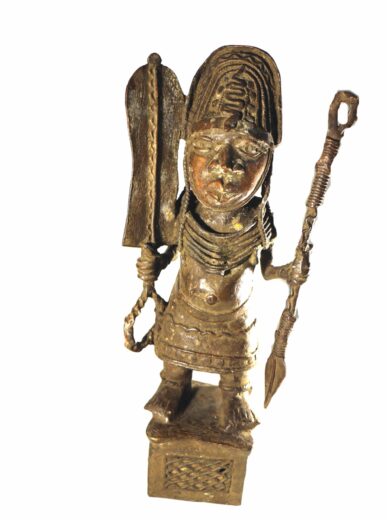

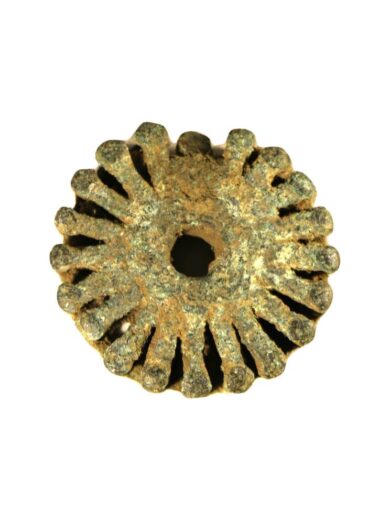
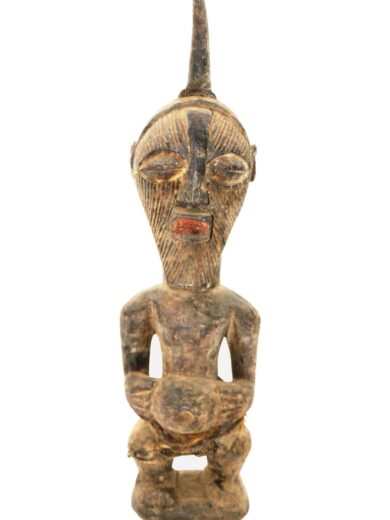
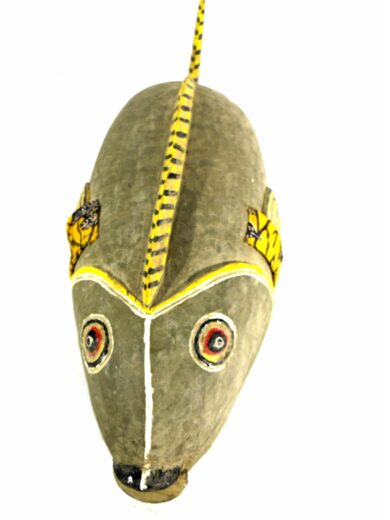
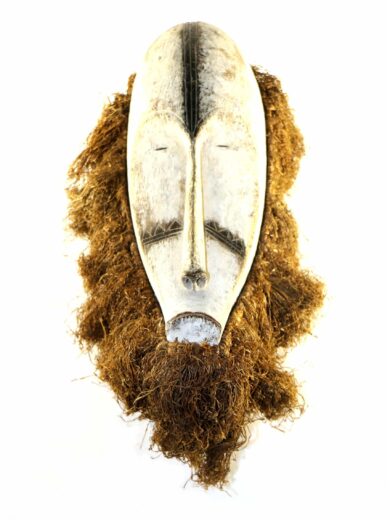
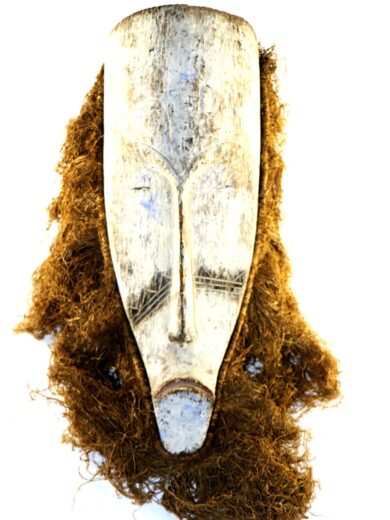
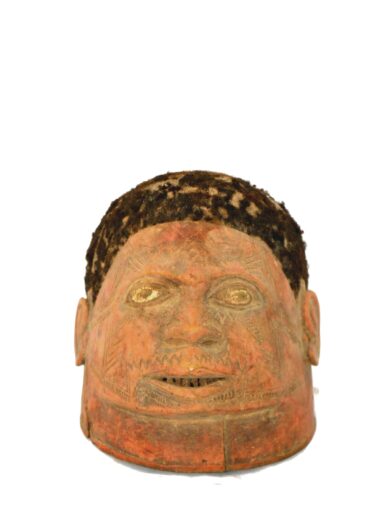
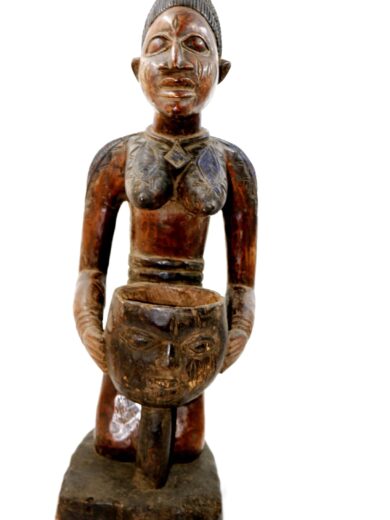
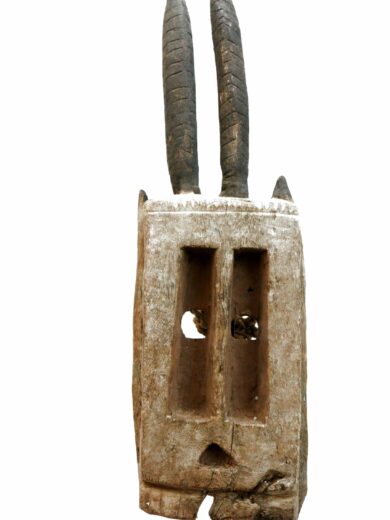
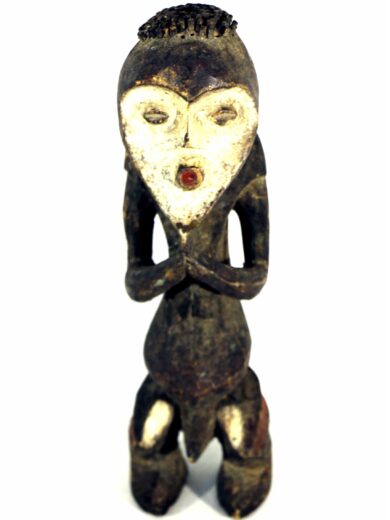

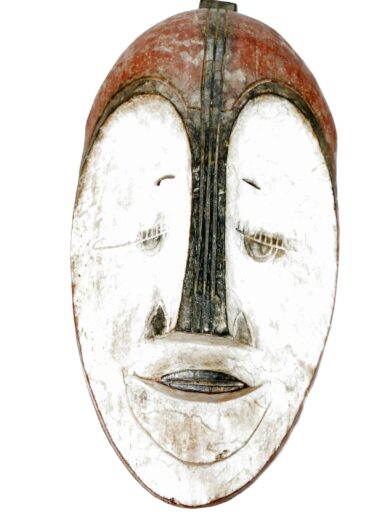
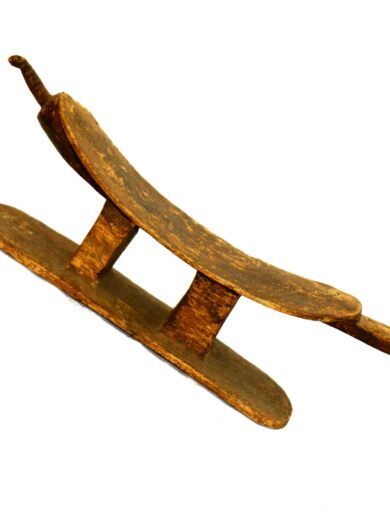
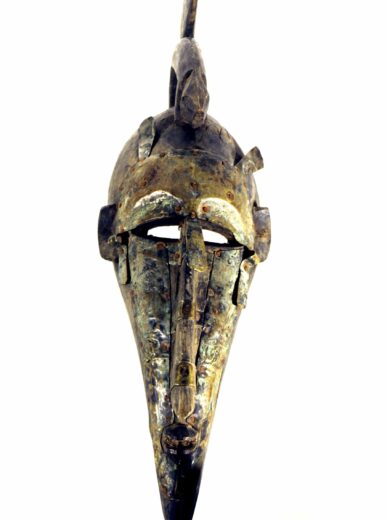


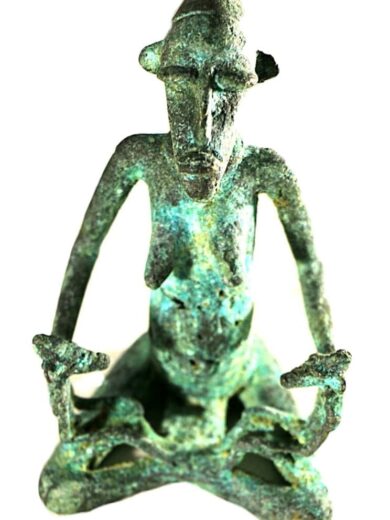
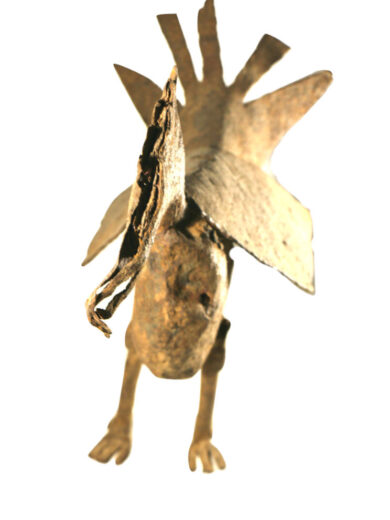



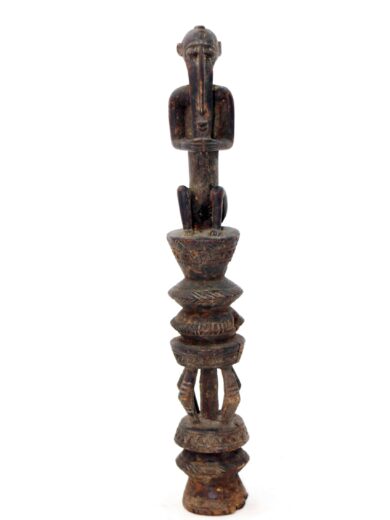
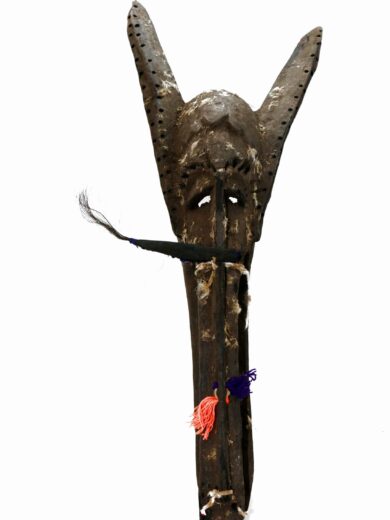
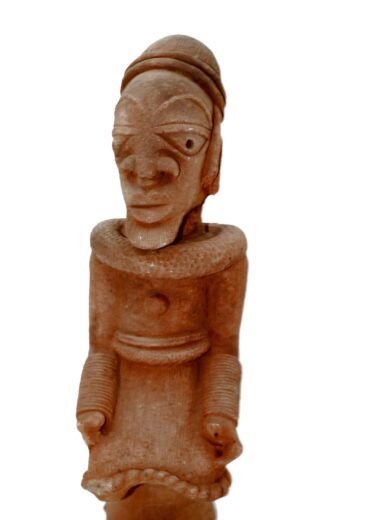




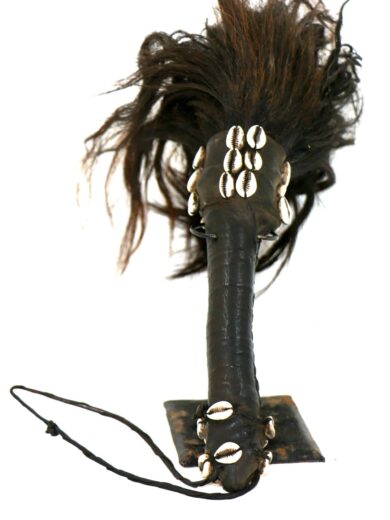

Reviews
There are no reviews yet.